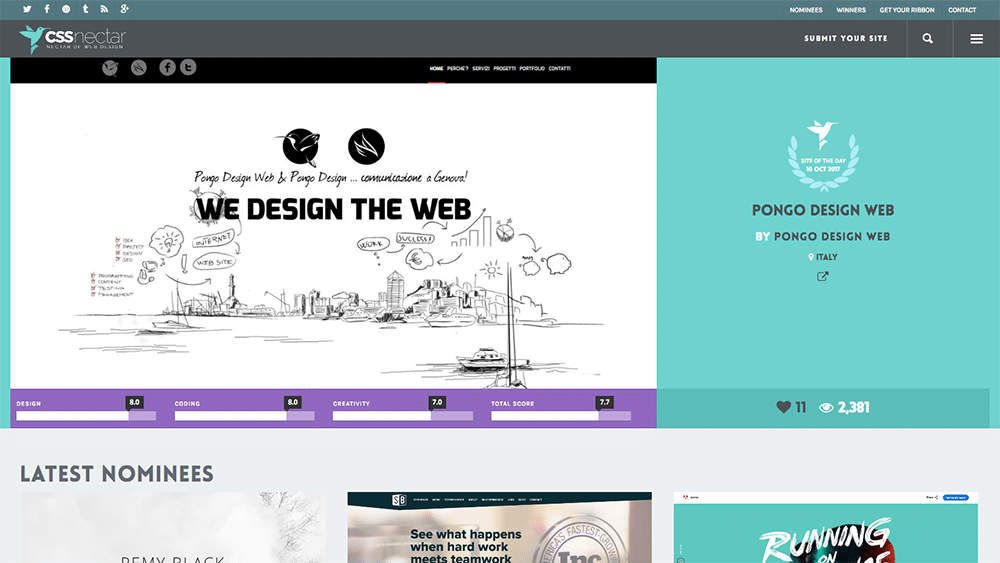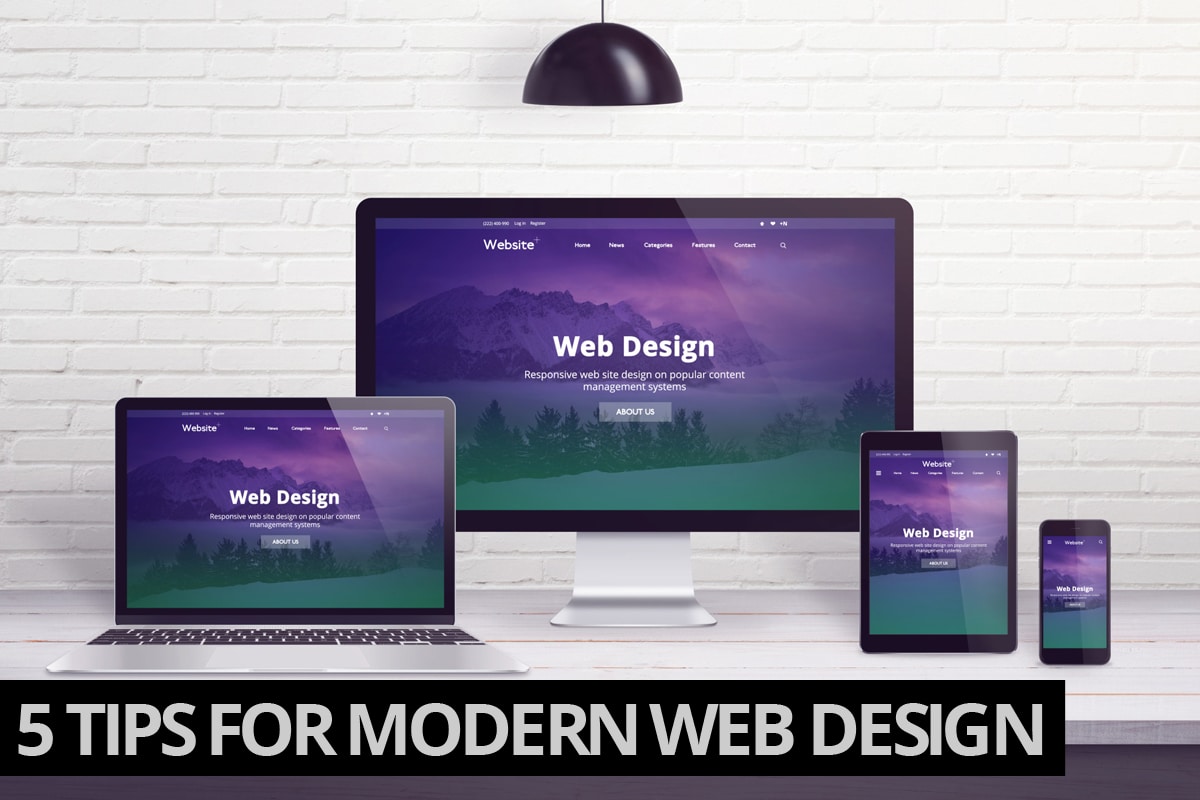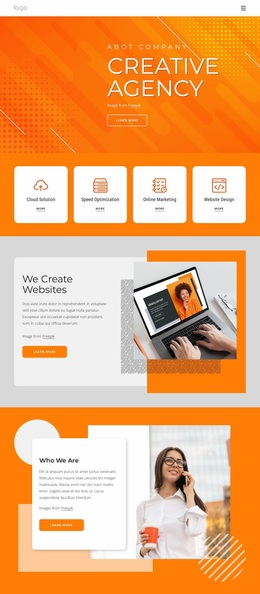How High-Quality Website Design Can Elevate Your Web Visibility
How High-Quality Website Design Can Elevate Your Web Visibility
Blog Article
Necessary Concepts of Web Site Style: Developing User-Friendly Experiences
In the world of web site layout, the production of user-friendly experiences is not merely an aesthetic search but a fundamental requirement. Vital principles such as user-centered style, user-friendly navigation, and ease of access function as the backbone of effective electronic systems. By concentrating on customer requirements and preferences, developers can cultivate involvement and fulfillment, yet the implications of these principles expand beyond plain performance. Recognizing how they link can significantly affect a site's overall effectiveness and success, prompting a closer assessment of their individual roles and cumulative influence on user experience.

Value of User-Centered Layout
Prioritizing user-centered layout is crucial for developing reliable web sites that meet the demands of their target audience. This technique places the customer at the leading edge of the layout procedure, guaranteeing that the website not just functions well however also reverberates with users on an individual level. By understanding the individuals' objectives, choices, and behaviors, developers can craft experiences that cultivate engagement and fulfillment.

Furthermore, taking on a user-centered layout viewpoint can cause improved access and inclusivity, accommodating a diverse target market. By taking into consideration different individual demographics, such as age, technological proficiency, and social histories, designers can develop sites that are inviting and useful for all.
Ultimately, focusing on user-centered style not just boosts user experience however can also drive essential organization outcomes, such as boosted conversion rates and client loyalty. In today's affordable digital landscape, understanding and focusing on customer needs is a crucial success element.
Instinctive Navigation Structures
Reliable web site navigation is usually a critical variable in boosting individual experience. Instinctive navigating structures enable customers to locate details swiftly and effectively, decreasing aggravation and increasing engagement.
To produce intuitive navigating, developers must prioritize quality. Labels should be acquainted and descriptive to customers, staying clear of lingo or uncertain terms. An ordered framework, with main groups causing subcategories, can additionally aid individuals in comprehending the relationship between various sections of the site.
Additionally, including aesthetic cues such as breadcrumbs can assist users via their navigation path, enabling them to quickly backtrack if needed. The addition of a search bar additionally enhances navigability, providing users guide accessibility to content without needing to browse through numerous layers.
Adaptive and receptive Formats
In today's electronic landscape, making certain that websites work effortlessly across different devices is important for individual complete satisfaction - Website Design. Adaptive and receptive designs are two vital techniques that enable this performance, accommodating the diverse variety of screen dimensions and resolutions that users may experience
Responsive formats use fluid grids and adaptable photos, enabling the internet site to instantly adjust its components based on the screen measurements. This approach supplies a consistent experience, where content reflows dynamically to fit the viewport, which is particularly helpful for mobile users. By utilizing CSS media questions, designers can produce breakpoints that optimize the format for various devices without the requirement for different styles.
Flexible formats, on the various other hand, make use of predefined formats for details screen sizes. When a user accesses the website, the server finds the tool and offers the suitable format, guaranteeing a maximized experience for varying resolutions. This can lead to faster packing times and boosted efficiency, as each layout is customized to the gadget's abilities.
Both receptive and adaptive layouts are crucial for improving customer interaction and complete satisfaction, ultimately adding to the website's general performance in his explanation meeting its goals.
Consistent Visual Power Structure
Developing a consistent aesthetic pecking order is crucial for leading individuals with a website's material. This principle guarantees that information exists in a way that is both user-friendly and interesting, allowing customers to easily browse and understand the product. A distinct power structure uses numerous layout components, such as dimension, contrast, color, and spacing, to develop a clear difference in between various kinds of content.

In addition, constant application of these aesthetic signs throughout the web site fosters knowledge and trust. Individuals can rapidly discover to identify patterns, making their interactions extra efficient. Ultimately, a solid visual pecking order not just enhances individual experience yet also enhances total site usability, motivating much deeper engagement and promoting the desired actions on a web site.
Access for All Users
Availability for all users is a basic element of web site design that makes certain everybody, regardless of their disabilities or abilities, can engage with and take advantage of on-line web content. Creating with access in mind includes executing practices that fit varied customer needs, such as those with visual, auditory, motor, or cognitive impairments.
One vital standard visit their website is to stick to the Internet Web Content Accessibility Standards (WCAG), which give a structure for developing obtainable electronic experiences. This includes utilizing sufficient color comparison, giving message options for pictures, and guaranteeing that navigation is keyboard-friendly. Additionally, using receptive style techniques guarantees that internet sites function effectively throughout different gadgets and display dimensions, additionally improving ease of access.
Another crucial factor is making use of clear, succinct language that avoids jargon, making content understandable for all users. Involving individuals with assistive innovations, such as screen viewers, needs careful focus to HTML semiotics and ARIA (Easily Accessible Rich Net Applications) functions.
Eventually, prioritizing access not just fulfills legal responsibilities but likewise expands the target market reach, promoting inclusivity and improving customer contentment. A commitment to access reflects a commitment to creating equitable electronic environments for all customers.
Verdict
Finally, the crucial principles of internet site style-- user-centered layout, intuitive navigation, receptive formats, constant aesthetic hierarchy, and ease of access-- jointly add to the creation of easy to use experiences. Website Design. By focusing on customer needs and making sure that all individuals can efficiently involve with the website, developers boost usability and foster inclusivity. These principles not only enhance customer satisfaction but additionally drive favorable organization outcomes, ultimately demonstrating the essential importance of thoughtful web site style in today's electronic landscape
These approaches provide indispensable understandings into individual assumptions and discomfort factors, allowing designers to tailor the site's functions and material appropriately.Efficient site navigation is typically an essential variable in boosting individual experience.Establishing a constant visual pecking order is critical for assisting customers with a web site's material. Inevitably, a strong visual pecking order not only enhances individual experience however additionally improves general site usability, encouraging much deeper interaction and promoting the desired activities on an internet site.
These concepts not only improve user satisfaction yet likewise drive positive business end results, eventually demonstrating the crucial significance of thoughtful web site design in today's electronic landscape.
Report this page